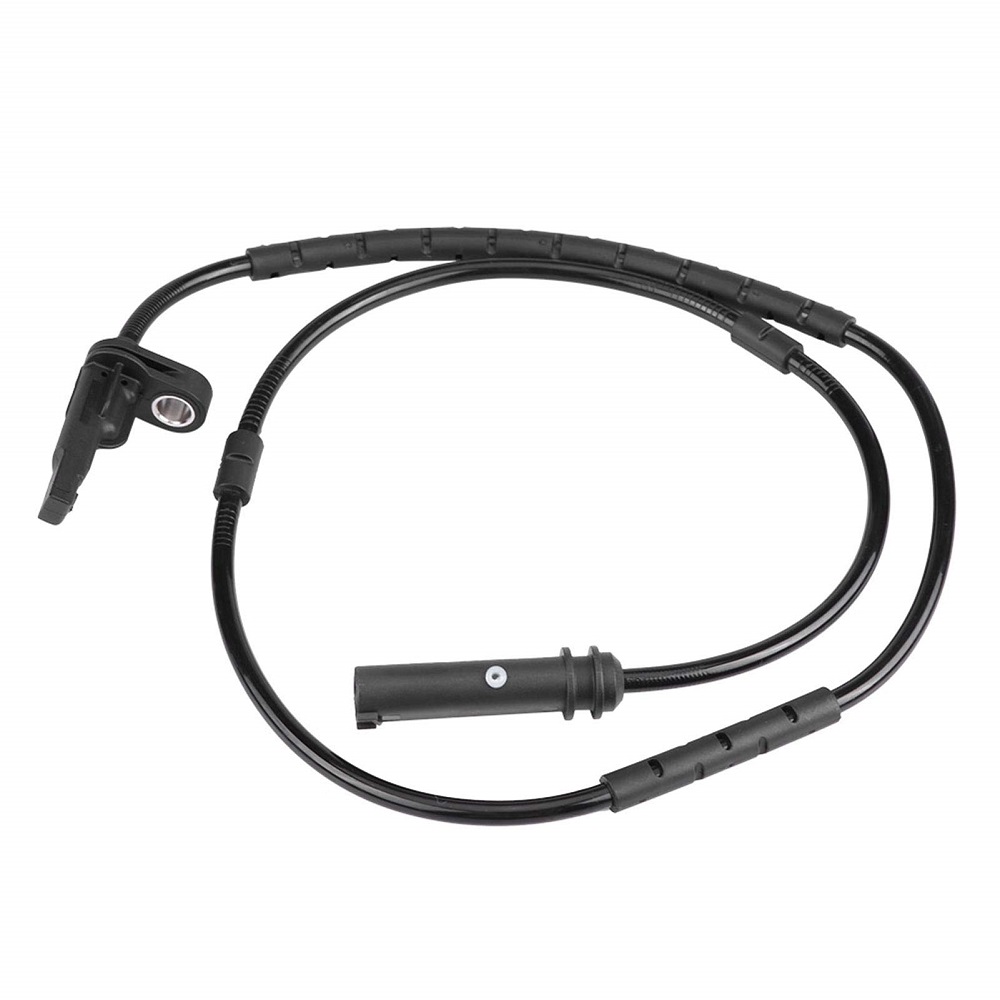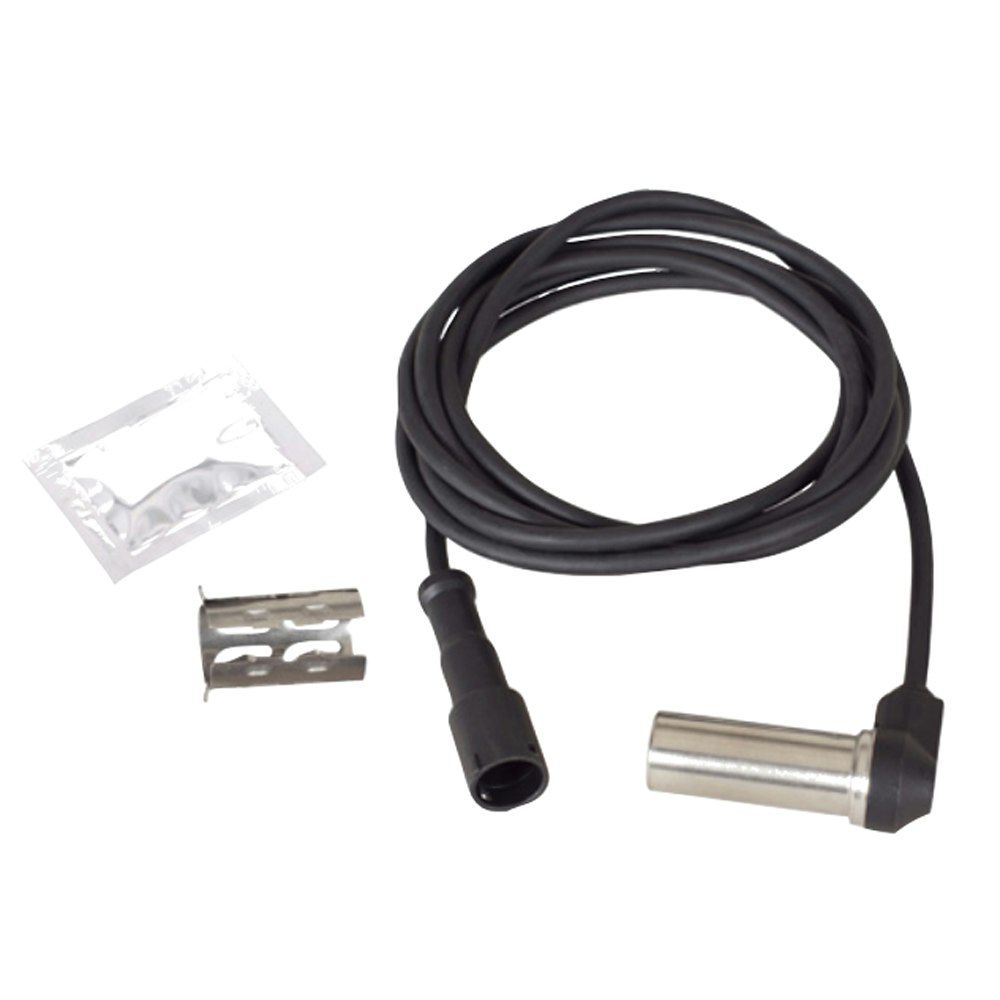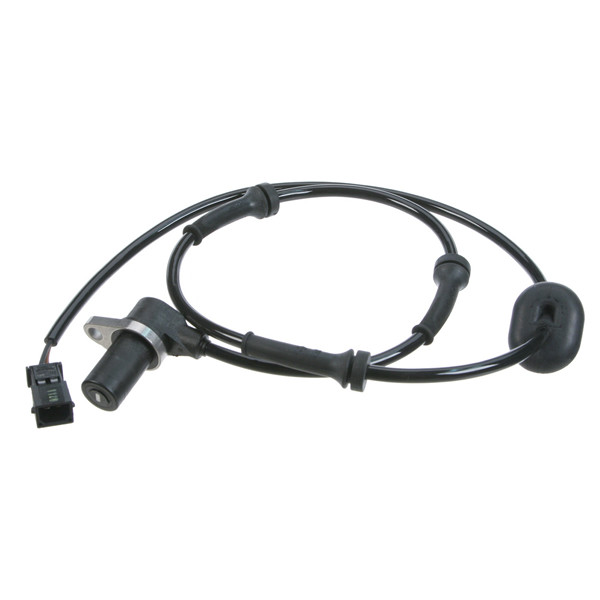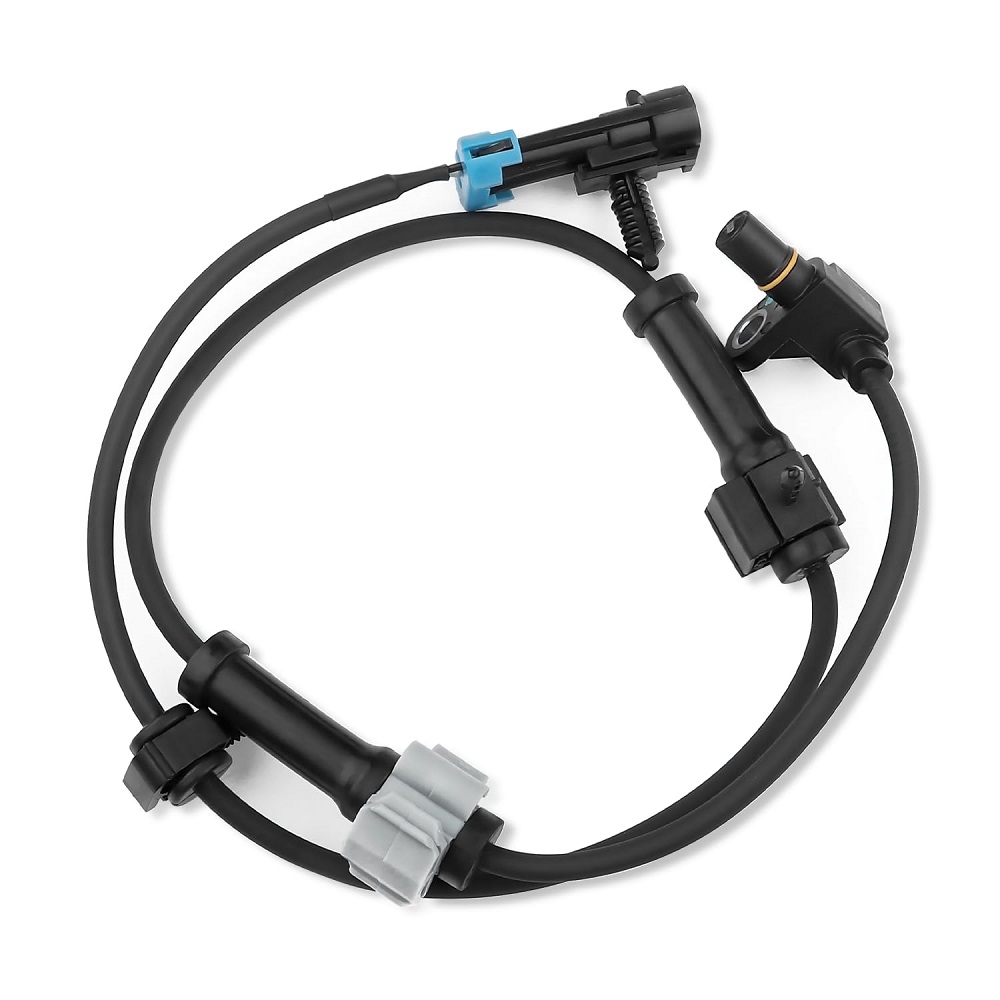Introduction: Understanding ABS and Its Importance
What is ABS?
ABS stands for Anti-lock Braking System. It is a crucial safety feature that prevents the wheels from locking up during hard braking. This system allows the driver to maintain steering control while braking, especially on slippery surfaces. The ABS sensor is a vital component of this system. It continuously monitors wheel speed and sends this information to the ABS control module.
The Role of the ABS Sensor
The ABS sensor calculates how fast each wheel is rotating. If a wheel begins to skid, the ABS system will automatically pump the brakes, preventing a loss of control. This automatic modulation improves vehicle stability during emergencies. Without a properly functioning ABS system, you risk losing control of the vehicle in critical situations. Thus, monitoring the ABS sensor is crucial for safety.
Importance of Regular Maintenance
Regular maintenance of the ABS system, including the sensor, is essential for optimal vehicle performance. Over time, components can wear down or become damaged. This degradation can lead to impaired braking efficiency and increased stopping distances. Understanding the warning signs of ABS issues can help you catch problems early. Proactive measures can enhance your vehicle’s safety and prevent costly repairs.

Common Symptoms of ABS system Malfunction
ABS Warning Light Activation
One of the most noticeable signs of ABS problems is the activation of the ABS warning light on your dashboard. This light typically appears as an amber symbol resembling a circle with a smaller circle inside it. When this light illuminates, it indicates that the ABS system is not functioning properly. It is essential to address this warning immediately as it signifies a potential issue with the ABS sensor or other brake components.
Uneven Braking Response
If you notice that your vehicle experiences uneven braking, it may indicate an ABS sensor problem. A malfunctioning sensor may cause the ABS to engage incorrectly. As a result, one wheel could brake more forcefully than another, leading to an unstable driving experience. If you find your vehicle veering to one side during braking, this symptom deserves your attention.
Pulsating Brake Pedal
A normal ABS engagement feels smooth. However, if you feel a pulsating sensation in the brake pedal when applying the brakes, there may be an issue with the ABS sensor. This pulsation usually indicates that the ABS is trying to engage but cannot do so correctly. A faulty sensor may fail to read wheel speed accurately. This malfunction can result in erratic braking and increased stopping distances.

Additional Symptoms to Watch For
Brake System Warning Light
In addition to the ABS warning light, you may see the brake system warning light. This light usually has a symbol resembling an exclamation mark within a circle. If both the ABS light and the brake system light are illuminated, it indicates a broader issue with the braking system. This dual warning can represent low brake fluid levels or a more severe problem, including a malfunctioning ABS sensor.
Noise from Wheel Area
If you hear unusual noises coming from the wheel areas while braking, it may be a sign of ABS sensor problems. Grinding or squeaking noises can indicate worn brake pads or other issues, while a grinding noise might suggest that the ABS wheel speed sensor is not working correctly. Pay attention to any persistent sounds, as they often signal problems that warrant further investigation.
Loss of Traction Control
Many vehicles have traction control systems linked with the ABS. If you notice a reduction in traction, particularly in winter weather conditions, it may be a result of ABS sensor failure. The sensor helps determine wheel slip; if it malfunctions, it may not engage the traction control system as needed. This can lead to a dangerous situation when driving on slippery surfaces.
Causes of ABS Sensor Failure
Exposure to Contaminants
ABS sensors can fail due to exposure to contaminants such as dirt, grease, and moisture. These contaminants can interfere with the sensor’s ability to accurately read wheel speed. Cleaning the sensors occasionally can mitigate this risk. However, when sensors are repeatedly exposed to harmful substances, replacements may be necessary.
Wiring Issues
The wiring connected to the ABS sensor can sustain damage over time, leading to malfunction. Frayed wires, loose connections, or corrosion at the connectors can prevent the sensor from transmitting accurate data. Regular inspections of wiring harnesses can help identify potential issues before they lead to sensor failure.
Physical Damage
Physical damage is another common cause of ABS sensor failure. If the sensor becomes struck by debris from the road or if it experiences an impact during vehicle maintenance, it may malfunction. Even minor impacts can lead to internal damage that compromises performance. Regular checks can help ensure that the ABS sensor remains intact and functional.

The Importance of Timely Repairs
Enhancing Safety
Addressing ABS sensor issues promptly can significantly enhance the safety of your vehicle. A malfunctioning ABS system may cause the wheels to lock during emergency braking situations, leading to a loss of control. By ensuring that the ABS system is fully functional, you can protect yourself and your passengers while driving.
Preventing Further Damage
Ignoring the warning signs associated with the ABS sensor can lead to more significant problems down the line. A faulty sensor may affect other components within the braking system, creating a cascading effect of failures. Timely repairs can prevent these complications, saving you both time and money in the long run.
Maintaining Vehicle Value
Regular maintenance, including addressing ABS sensor issues, helps maintain the overall value of your vehicle. A well-maintained vehicle is more appealing to potential buyers. Keeping your car in good shape ensures you get a better return on your investment. Moreover, a fully functional ABS system is often a requirement for safety inspections, ensuring compliance with local regulations.
Steps to Diagnose ABS system Issues
Checking for Diagnostic Trouble Codes (DTCs)
Modern vehicles often come equipped with an onboard diagnostic system capable of recording trouble codes. When the ABS light activates, a code reader or scanner can retrieve diagnostic trouble codes from the ABS module. These codes can provide insight into the specific sensor that may be causing problems. Identifying these codes is the first step in troubleshooting ABS issues.
Visual Inspection
Performing a visual inspection of the ABS sensor and surrounding components can help identify issues. Look for loose wires, corrosion, or damage to the sensor itself. This inspection can reveal any visible signs of wear or defects that may contribute to malfunction. Detecting small problems early can help prevent more significant failures in the future.
Conducting a Wheel Speed Test
Testing the wheel speed sensors can provide valuable information regarding ABS performance. Using an oscilloscope or multimeter, measure the voltage output of each sensor while the wheels are spinning. Understanding these readings can help determine whether a sensor is functioning correctly. If the readings deviate from expected values, the sensor may require replacement.

Professional Assistance and Repair Options
Seeking Assistance from a Mechanic
If you suspect ABS sensor issues, it is wise to seek assistance from a qualified mechanic. Professional technicians possess the experience and tools necessary to accurately diagnose and repair ABS problems. They can also check related systems, such as the overall brake system, to ensure comprehensive maintenance.
Repairing or Replacing the Sensor
Depending on the severity of the problem, the mechanic may recommend repairing or replacing the ABS sensor. In some cases, cleaning the sensor can restore proper functionality. However, if the sensor is damaged beyond repair, replacement is necessary. It is essential to use quality replacement parts to ensure the continued reliability of the ABS system.
Routine Maintenance Checks
Schedule routine maintenance checks to enhance the longevity of your ABS system. Regular inspections can help identify potential issues with the ABS sensor or other related components before they become significant problems. Keeping your braking system in good condition is crucial for your overall driving experience.
Preventing ABS Sensor Issues
Keeping the System Clean
Regularly cleaning the ABS sensor is an effective way to prevent contamination and ensure optimal performance. Use compressed air to remove dust and debris from the sensors. This simple step can significantly reduce the risk of sensor malfunction and help maintain efficient braking performance.
Conducting Frequent Inspections
Conduct frequent inspections of your vehicle’s brake system, including the ABS components. Look for any visible signs of wear, damage, or corrosion. These routine checks can help catch problems early, preventing more serious issues from developing. Regular monitoring fosters peace of mind, ensuring that your vehicle remains safe to drive.
Following Correct Driving Practices
Practicing safe driving habits can also help minimize strain on your ABS system. Avoid hard braking and sudden maneuvers that can put unnecessary pressure on the braking system. Gentle driving helps prevent wear on the ABS components and can extend the life of the sensor and associated systems.

Conclusion: Staying Proactive with Your ABS System
Recognizing Warning Signs
Maintaining awareness of the warning signs associated with ABS sensor issues is crucial for vehicle safety. From warning lights to uneven braking, recognizing these signs can lead to timely interventions. Proactive measures will help safeguard your vehicle’s performance and reliability.
Prioritizing Regular Maintenance
Prioritizing regular maintenance of your ABS sensor system can enhance the overall safety and value of your vehicle. Routine checks, inspections, and cleanings can go a long way in preventing issues before they arise. Taking these proactive steps ensures a longer lifespan for your ABS components.
Committing to Safe Driving
Ultimately, committing to safe driving practices will contribute to the longevity of your ABS system. By remaining vigilant and addressing issues as they arise, including understanding common ABS warning light meanings, you can ensure a safer and more enjoyable driving experience. Remember, your vehicle’s safety features, like the ABS, are essential for protecting you and your passengers on the road. Stay informed, stay proactive, and enjoy the peace of mind that comes from driving a well-maintained vehicle.

Leave a Reply